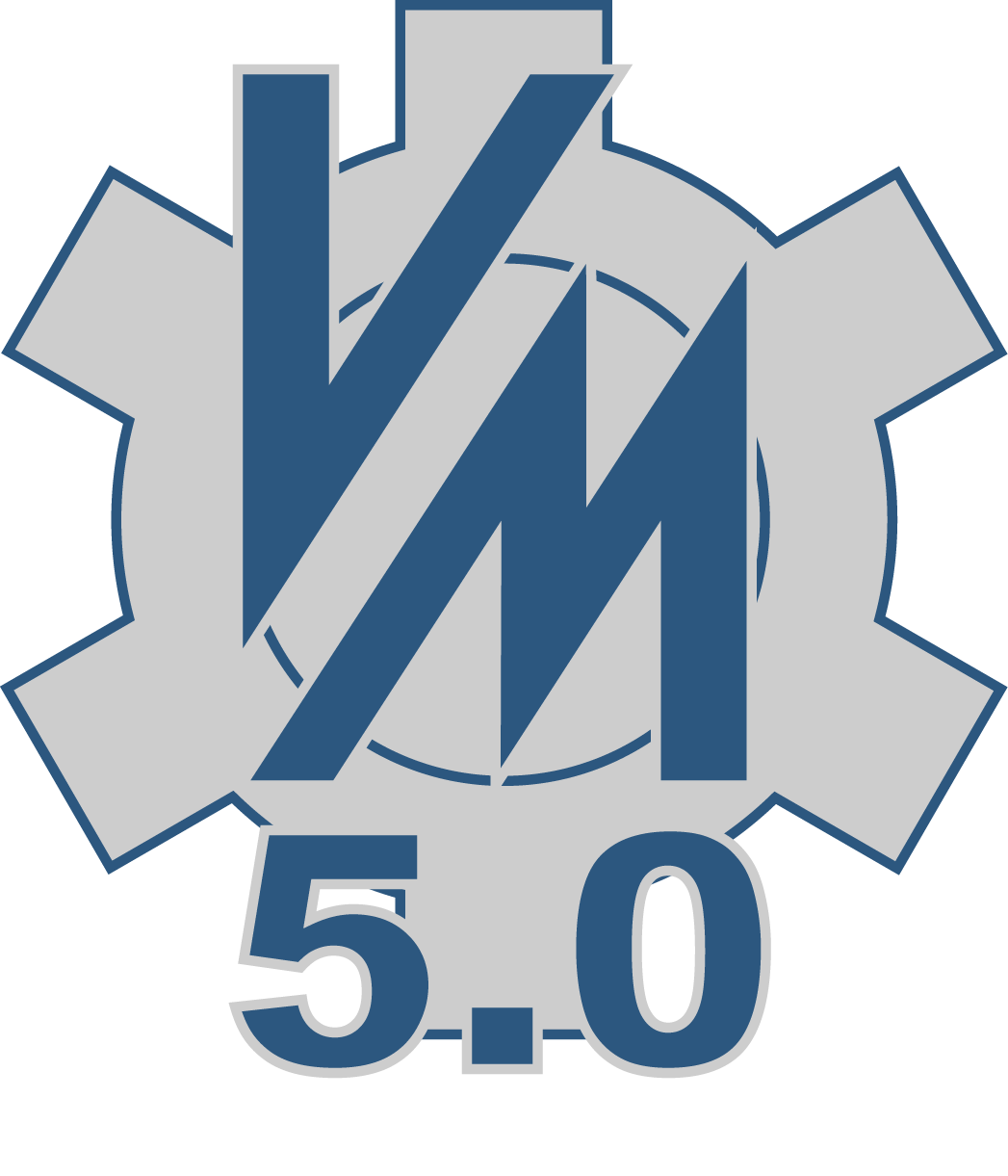 Bibliographic Information
Bibliographic Information
A CARAFE, THAT IS A BLIND GLASS
Original Source
"A CARAFE, THAT IS A BLIND GLASS" is transcribed from the 1914 Marie Claire edition of Tender Buttons. "Reading a Selection from Tender Buttons" is transcribed from Language no. 6, and the audio of Jackson Mac Low is housed by and used with permission from PennSound.Witness List
- Witness reading_poem: Mac Low Reading, 1990
- Witness poem: A CARAFE, THAT IS A BLIND GLASS
- Witness essay: Reading a Selection from Tender Buttons
Textual Notes
This edition combines "A CARAFE THAT IS A BLIND GLASS," the first section of Gertrude Stein's Tender Buttons, originally published in 1914, with an essay on the section by Jackson Mac Low, published in Language No. 6 and audio of Mac Low reading the poem in Charles Bernstein's poetry seminar in 1990. It is intended as a demonstration of the Versioning Machine 5.0's audio alignment features.
Electronic Edition Information:
Responsibility Statement:
- Transcribed, encoded, and edited by Daniel Carter
Publication Details:
Published by Daniel Carter.
The audio of Jackson Mac Low's reading is used here with permission from PennSound. The text of Mac Low's essay, "Reading a Selection from Tender Buttons," is used with permission from Charles Bernstein.
Encoding Principles
Transcriptions are encoded in TEI(P5)-conformant XML using a schema created for the Versioning Machine 5.0.
 Critical Introduction
Critical Introduction
Critical Introduction
This edition combines "A CARAFE THAT IS A BLIND GLASS," the first section of Gertrude Stein's Tender Buttons, originally published in 1914, with an essay on the section by Jackson Mac Low, published in Language No. 6 and audio of Mac Low reading the poem in Charles Bernstein's poetry seminar in 1990. It is intended as a demonstration of the Versioning Machine 5.0's audio alignment features.
 Textual Notes
Textual Notes

